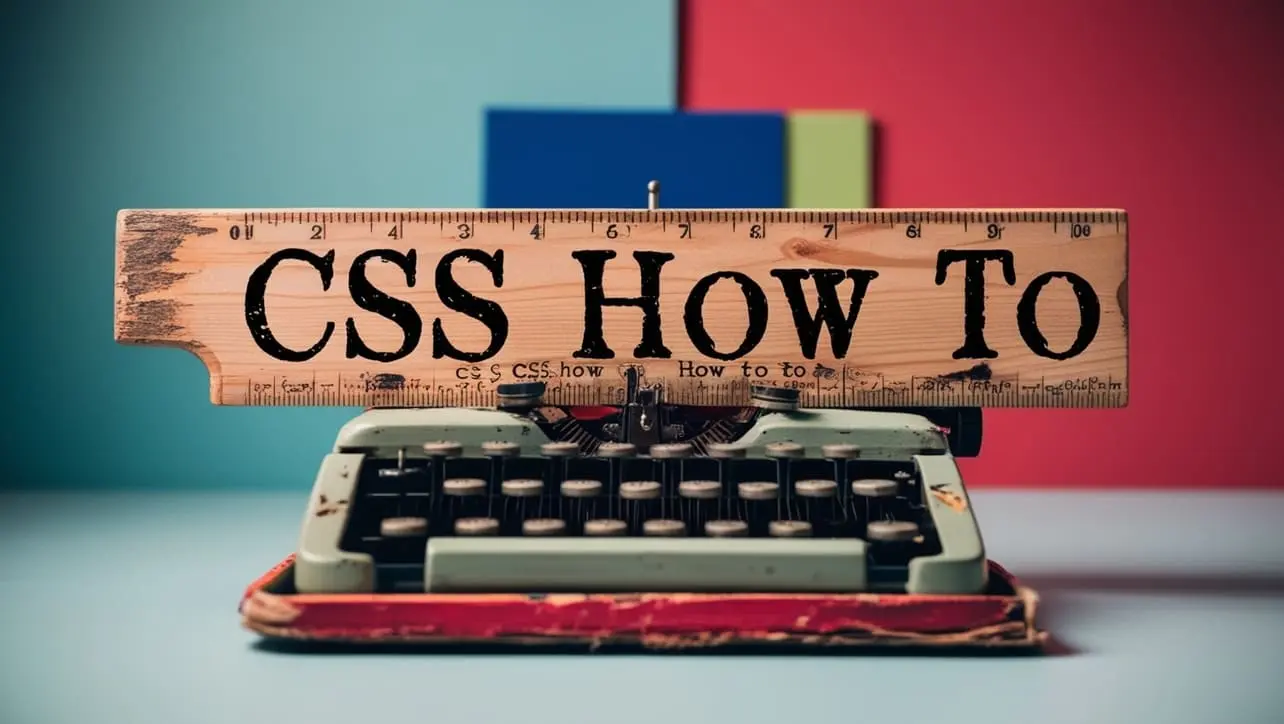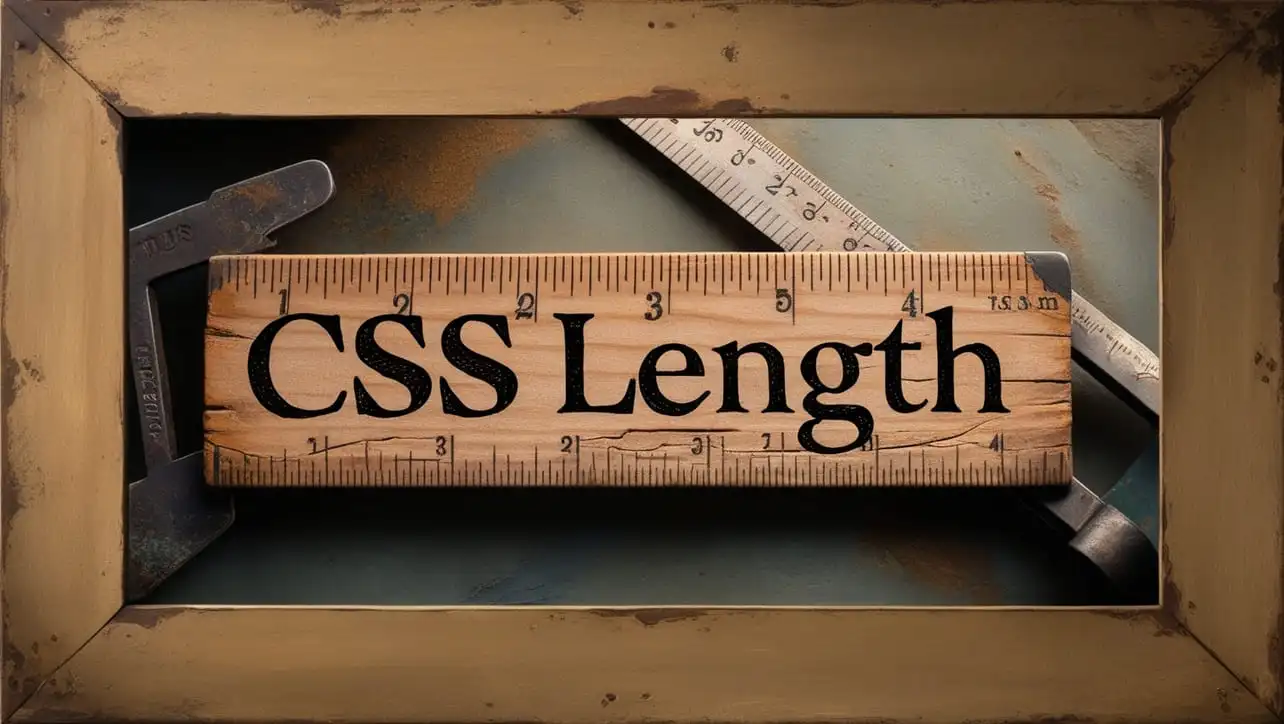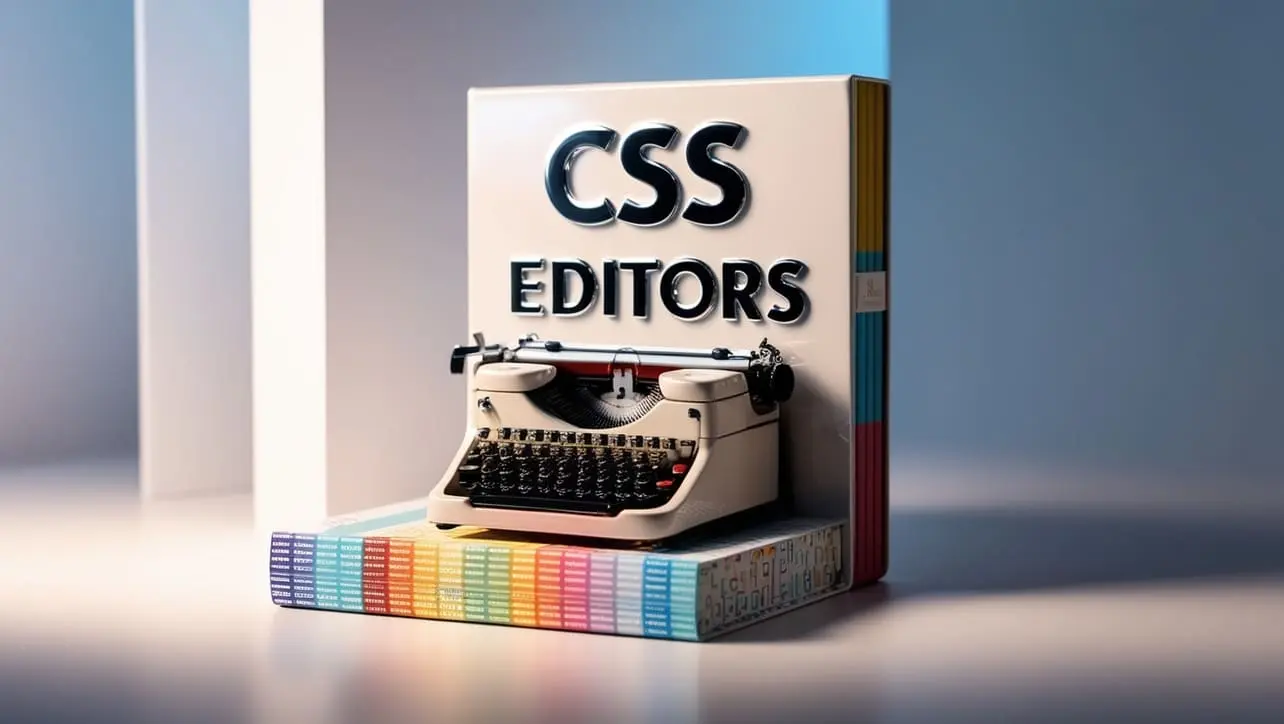
CSS Topics
- CSS Intro
- CSS How To
- CSS Editors
- CSS Properties
- CSS Selectors
- .class
- .class1.class2
- .class1 .class2
- #id
- * (all)
- element
- element.class
- element,element
- element element
- element>element
- element+element
- element1~element2
- [attribute]
- [attribute=value]
- [attribute~=value]
- [attribute|=value]
- [attribute^=value]
- [attribute$=value]
- [attribute*=value]
- :active
- ::after
- ::before
- :checked
- :default
- :disabled
- :empty
- :enabled
- :first-child
- ::first-letter
- ::first-line
- :first-of-type
- :focus
- :fullscreen
- :has()
- :hover
- :in-range
- :indeterminate
- :invalid
- :lang()
- :last-child
- :last-of-type
- :link
- ::marker
- :not()
- :nth-child()
- :nth-last-child()
- :nth-last-of-type()
- :nth-of-type()
- :only-of-type
- :only-child
- :optional
- :out-of-range
- ::placeholder
- :read-only
- :read-write
- :required
- :root
- ::selection
- :target
- :valid
- :visited
- CSS Comments
- CSS Length
- CSS Image Sprites
- CSS Grid Layout
- CSS Grid Flexbox
- CSS @charset Rule
- CSS @font-face Rule
- CSS @import Rule
- CSS @keyframes Rule
- CSS @media Rule
CSS .class Selector

Photo Credit to CodeToFun
🙋 Introduction
The .class selector in CSS is one of the most commonly used selectors. It allows you to apply styles to HTML elements that share a specific class attribute.
This selector is particularly useful for targeting multiple elements with the same class, making it an essential tool for creating consistent styles across a webpage.
💡 Syntax
The signature of the .class Selector is as follows:
.class {
/* CSS properties */
}In the syntax above, replace .class with the actual class name you wish to target.
📝 Example
Here is an example of how to use the .class selector in CSS:
☠️ HTML
<!DOCTYPE html>
<html lang="en">
<head>
<meta charset="UTF-8">
<meta name="viewport" content="width=device-width, initial-scale=1.0">
<title>CSS .class Selector Example</title>
<link rel="stylesheet" href="styles.css">
</head>
<body>
<h1 class="title">Welcome to My Blog</h1>
<p class="content">This is an example paragraph with a class.</p>
<p class="content">Another paragraph sharing the same class.</p>
<button class="button">Click Me</button>
</body>
</html>🎨 CSS
/* Style for elements with class "title" */
.title {
color: blue;
font-size: 2em;
}
/* Style for elements with class "content" */
.content {
font-family: Arial, sans-serif;
line-height: 1.5;
}
/* Style for elements with class "button" */
.button {
background-color: green;
color: white;
padding: 10px 15px;
border: none;
cursor: pointer;
}In this example:
- The heading with the class
titleis styled with blue text and larger font size. - Paragraphs with the class
contenthave a specific font and line height. - The button with the class
buttonhas a green background and white text.
💬 Usage Tips
- Use meaningful class names that describe the purpose or content of the elements for better readability and maintainability.
- You can apply multiple classes to an element by separating them with spaces. For example,
<div class="class1 class2">. - Combine the
.classselector with other selectors for more specific targeting, such asdiv.classto style only<div>elements with the specified class.
⚠️ Common Pitfalls
- Avoid using generic class names like
redorbig, as they can be misleading when styling multiple elements. - Remember that class names are case-sensitive;
.MyClassand.myclassare treated as different classes.
🎉 Conclusion
The .class selector is a powerful feature in CSS that enhances your ability to style elements consistently across your web pages.
By using classes effectively, you can create a well-structured and visually appealing design, making it easier to maintain and update your styles as your project evolves.
👨💻 Join our Community:
Author

For over eight years, I worked as a full-stack web developer. Now, I have chosen my profession as a full-time blogger at codetofun.com.
Buy me a coffee to make codetofun.com free for everyone.
Buy me a Coffee












If you have any doubts regarding this article (CSS .class Selector), please comment here. I will help you immediately.